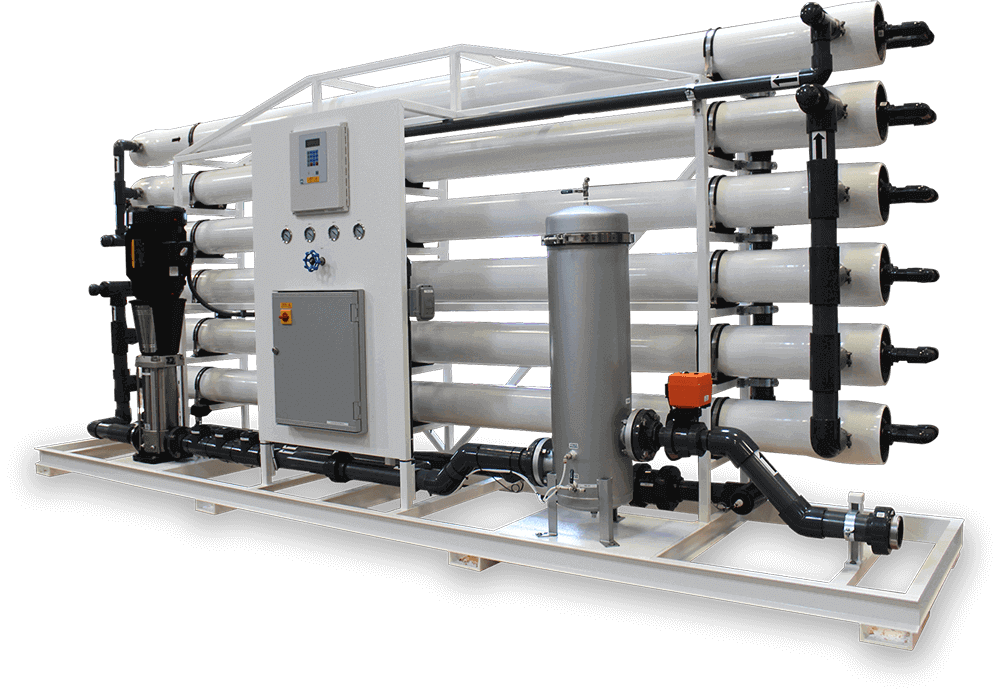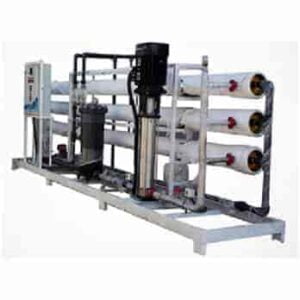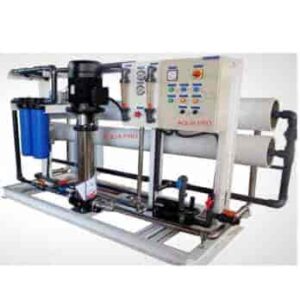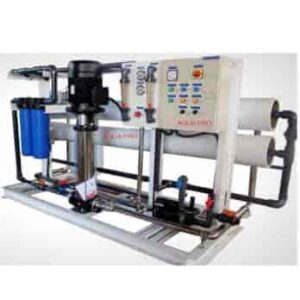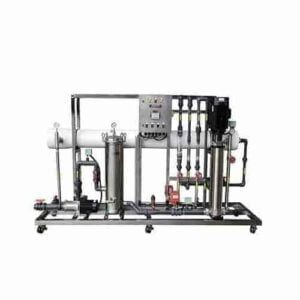Best Brackish Water Treatment Systems
Process of Water Treatment Brackish Water Treatment Systems
- pretreatment,
- pressurization,
- membrane separation, and
- post-treatment stabilization
Pretreatment:
The brackish feed water is pretreated to prevent fouling of the RO membranes by filtering suspended solids. The pH may be adjusted and adding a antiscalant added.
Pressurization:-
Electric pumps create the pressure needed to process the pretreated water effectively, according to the salinity of the feed water.
Separation:-
The RO membranes separate the fresh product water and the brine reject streams.
Stabilization:-
If post-treatment is required the permeate may be subject to pH adjustment and degasification.
Description
Brackish water, a mixture of freshwater and saltwater, presents a unique challenge when it comes to water treatment. To ensure the availability of clean and potable water, it is crucial to employ effective brackish water treatment systems. In this article, we will explore the best systems available, focusing on water purification, desalination, reverse osmosis, and advanced filtration technologies.
1. Understanding Brackish Water Treatment Systems
Brackish water treatment systems are designed specifically to address the complexities of purifying water with varying salinity levels. These systems utilize advanced technologies to remove impurities, salts, and other contaminants, ensuring the water meets the required quality standards.
2. Benefits of Brackish Water Treatment Systems
- 2.1. Water Purification: Brackish water treatment systems play a vital role in purifying water from sources such as wells, brackish lakes, and underground aquifers. By removing harmful substances and impurities, these systems provide clean and safe water for various applications.
- 2.2. Desalination: Desalination is a key process in treating brackish water. The best systems employ desalination techniques like reverse osmosis to separate the salt and impurities from the water, resulting in fresh and drinkable water.
- 2.3. Reverse Osmosis Technology: Reverse osmosis (RO) is a widely used technology in brackish water treatment systems. It utilizes a semi-permeable membrane to remove dissolved salts, minerals, and contaminants, producing high-quality freshwater suitable for consumption.
- 2.4. Advanced Filtration Technologies: In addition to reverse osmosis, advanced filtration technologies such as ultrafiltration and nanofiltration are employed in brackish water treatment systems. These techniques effectively remove particles, bacteria, and viruses, ensuring the water is safe for use.
3. Top Brackish Water Treatment Systems
- 3.1. System A: System A is a cutting-edge brackish water treatment solution known for its efficient desalination process. With a combination of reverse osmosis and advanced filtration technologies, System A guarantees the removal of contaminants while maintaining a high water recovery rate.
- 3.2. System B: Designed for large-scale applications, System B utilizes a multi-stage reverse osmosis process to treat brackish water. This system incorporates energy-saving features and automated controls, making it ideal for industrial and municipal water treatment facilities.
- 3.3. System C: System C is a compact and portable brackish water treatment system suitable for remote areas and emergency situations. It employs advanced nanofiltration technology to remove salts and impurities, providing clean water on-demand.
4. Choosing the Right Brackish Water Treatment System
When selecting a brackish water treatment system, several factors should be considered:
- 4.1. Water Quality Analysis: Conduct a thorough analysis of the brackish water source to determine the specific contaminants and salinity levels. This analysis helps in selecting a system tailored to your requirements.
- 4.2. Capacity and Scalability: Assess the required capacity of the system based on water demand and consider its scalability to accommodate future expansion or increased water treatment needs.
- 4.3. Energy Efficiency: Look for systems that prioritize energy efficiency and incorporate features like energy recovery devices or low-pressure membranes, reducing operating costs and environmental impact.
- 4.4. Maintenance and Support: Consider the availability of maintenance services, technical support, and the lifespan of consumables such as membranes or filters. A reliable support system ensures long-term system performance.
Conclusion
Brackish water treatment systems are essential for purifying and desalinating water with varying levels of salinity. By leveraging advanced technologies like reverse osmosis and advanced filtration, these systems provide clean and safe water for various applications. When choosing the best brackish water treatment system, consider factors such as water quality, capacity, energy efficiency, and maintenance support. With the right system in place, you can ensure a sustainable supply of potable water from brackish sources.

